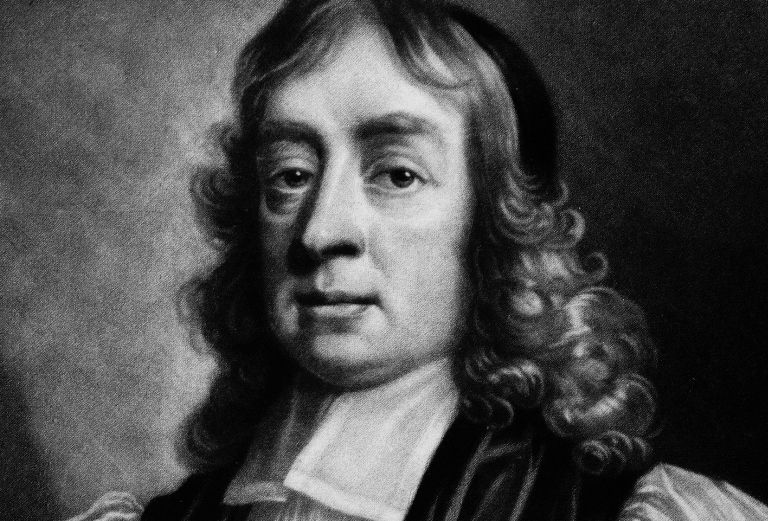
By Jamie Atwell, garden volunteer
Virginia, Apr. 19, 1689
My Lord,
This comes to beg your Lordships pardon that I have not sent the Sassaphras berries according to my promise: it pleas’d God to visit me with a fit of sickness just at their time of ripening which kept me from going abroad for three weeks…
The extract above is from a letter written by the Reverend John Banister to Henry Compton, Bishop of London. Compton was a passionate botanist and met and corresponded regularly with other major contemporary figures in the botanical world, such as Robert Morison (Professor of Botany at Oxford), Leonard Plukenet who, on Compton’s recommendation, was appointed Regius (I.e. Royal) Professor of Botany to the king and who was in charge of the gardens at Hampton Court and the collector James Petiver to name but three. Compton and his head gardener at Fulham Palace, George London, were also enthusiastic members of the Temple Bar Coffee House Botany Club.

During Compton’s time in office, the Bishop of London was responsible for the spiritual welfare of British overseas territories. In selecting ministers to travel overseas, Compton therefore could appoint persons with an interest in botany and the natural world and who could send back to Fulham specimens, seeds and drawings. The most notable of these ministers being the Reverend John Banister who was sent out to Virginia and whose letter is quoted above.
So successful was this project that Compton had, it is believed, around one thousand specimens from overseas in his plant collection – not only from the New World, but also from the Caribbean, Africa and India, making Fulham Palace one of the most important botanic gardens of the time. For example, we know that he was the first to propagate the swamp bay, Magnolia virginiana in Europe.

Given the importance of Compton’s collection, head gardener Lucy Hart decided that as part of the overall restoration project at Fulham Palace it was fitting to reintroduce some of the specimens that Compton was the first, or one of the first, to propagate in this country. Thanks to the detailed research undertaken first by the Lear Associates and then by Dr Mark Spencer, honorary curator (plants) at the Linnean Society, in the records of the Hans Sloane Herbarium at the Natural History Museum and other literature, a database of plants grown during Compton’s time was established. This important source of information enabled Lucy to determine the specimens she would like to see reintroduced.
The results can be seen in the Compton beds which are located to the south and east of the walled garden, beside a specially created new path making this area accessible all year round. There you will be able to see specimens such as Magnolia virginiana, stag’s horn sumach, Rhus typhina and Virginian bluebells, Mertensia virginica. It goes without saying that Sassafras albidum, which has wonderful autumn leaf colour, is to be found in the new beds as well.